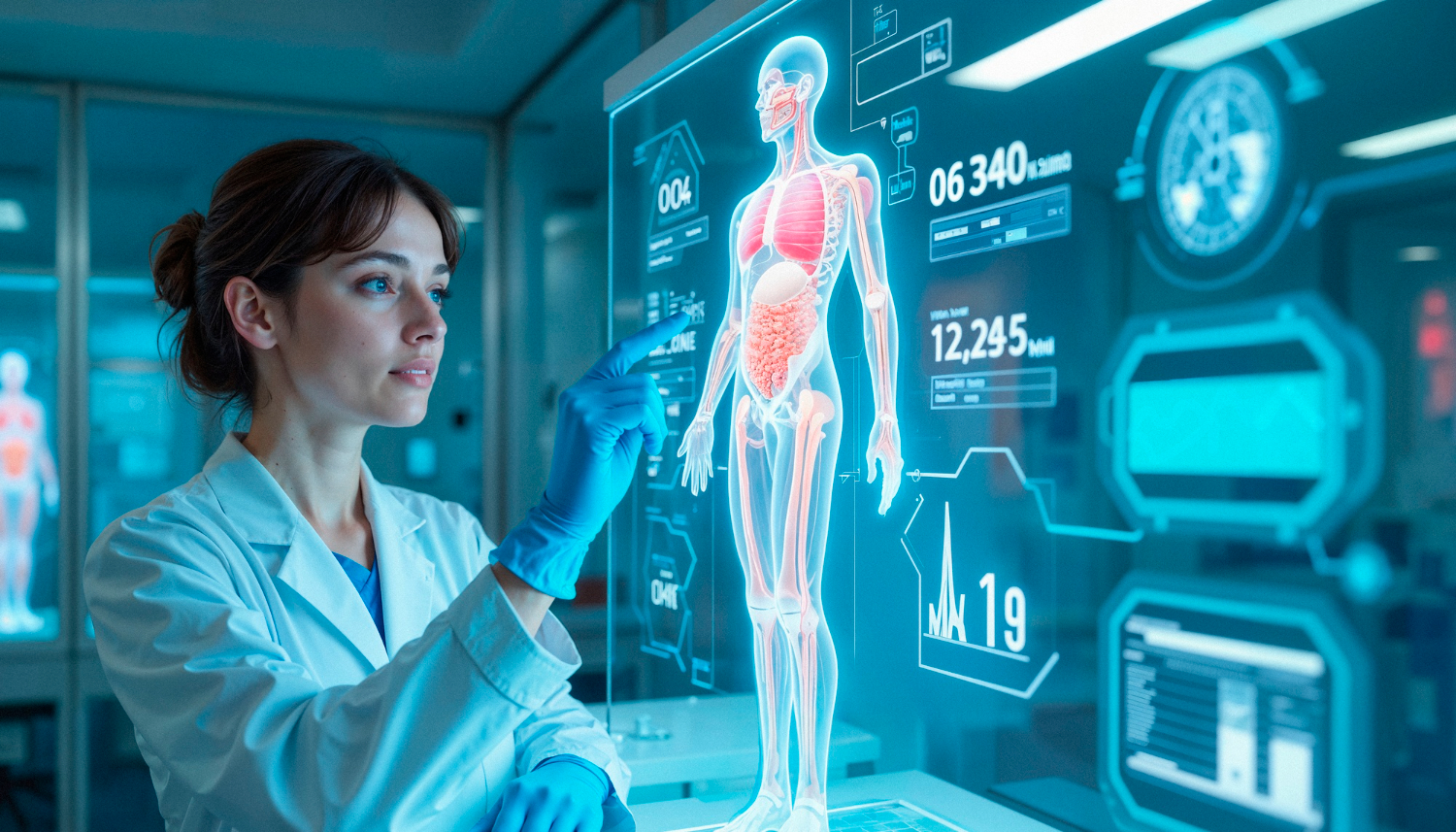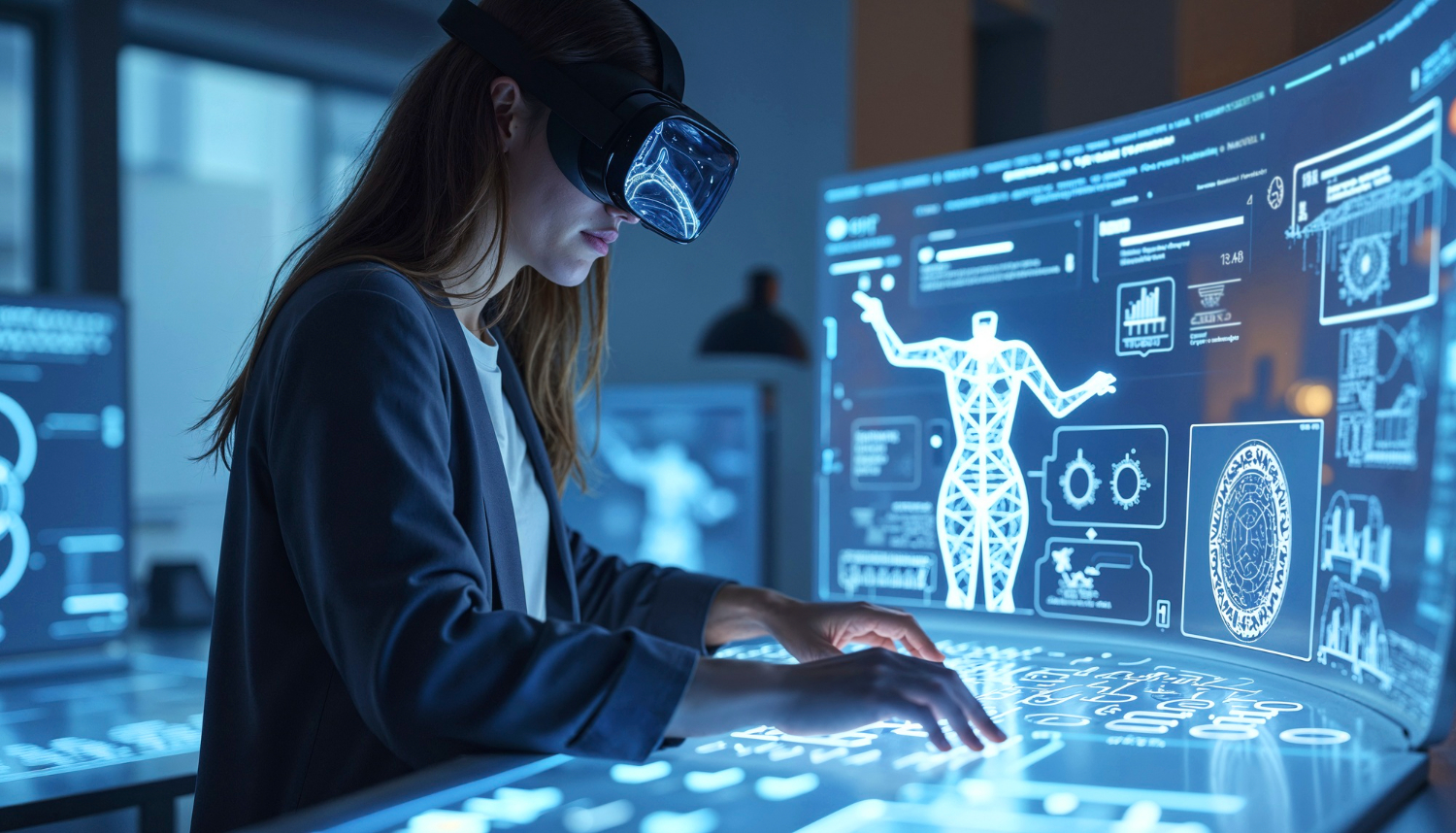9 Applications of AI in Agriculture
A remarkable transformation has occurred in agriculture over the last few years through Artificial Intelligence (AI). What AI stands for in agriculture is AI-powered automated systems to increase efficiency and assist farmers. AI can be applied to various processes and technologies to improve efficiency, decision-making, and productivity in farming practices. This article explores multiple AI solutions in agriculture, showcasing how cutting-edge technologies upgrade traditional practices.
1. Automation & Sustainability of Irrigation System:
AI is making a big difference, from helping with automated and eco-friendly irrigation systems to keeping a close eye on soil health and nutrient levels for the long term. Real-time crop monitoring, enabled by advanced imaging and data analysis, ensures timely insights into crop health, growth, and yield predictions. Computer vision (CV) and predictive models are integrated into edge computing devices to monitor irrigation systems. Below are some example use cases for the adaptation of AI in irrigation.
Example of Use Cases
- Precision Water Management
- Resource Efficiency
- Energy Conservation
- Labour optimisation
- Adaptability to Climate Change
2. Soil Monitoring Techniques for Long-Term Analysis:
AI has emerged as a game-changer in soil monitoring, offering long-term monitoring methods that revolutionise traditional agricultural practices. Farmers can gain comprehensive insights into soil health over extended periods through AI. CV in soil monitoring involves using image analysis to assess soil conditions. It can identify variations in colour, texture, and moisture content, detect root growth, and differentiate between crops and weeds. CV in precision agriculture provides valuable information by analysing images, helping us understand and make informed decisions about crops and soil health. This enables us to take specific actions to optimise resource management for better agricultural outcomes.
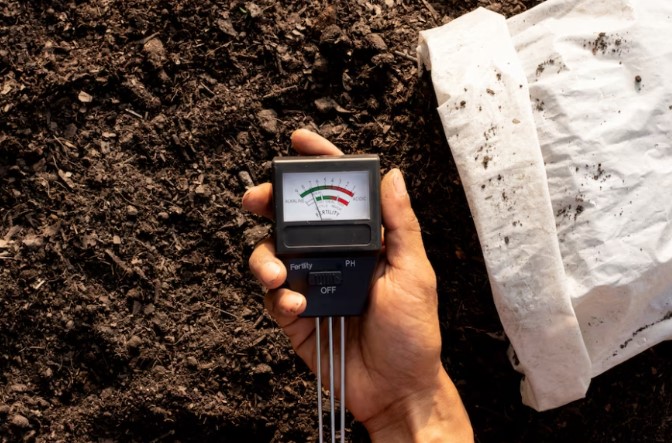
AI-based soil monitoring utilises sensors, satellite imagery, machine learning, IoT and edge computing to analyse various soil aspects. Beyond immediate conditions, it offers ongoing insights into nutrients, moisture, and overall composition. This helps farmers decide on crops, fertilisation, and sustainable land management.
Example of Use Cases
- Crop Rotation Planning
- Early Detection of Soil Degradation
- Precision Nutrient Management
- Erosion Control and Land Conservation
- Decision Support for Sustainable Practices
- Enhanced Crop Resilience
3. AI-Driven Crop Monitoring:
AI-driven crop monitoring transforms agriculture by providing farmers with valuable insights into field health. AI identifies patterns, detects diseases and pests early, and assesses crop growth. This precision allows farmers to make data-driven decisions, optimising irrigation, fertilisation, and pest control. The result is improved efficiency, increased crop yield, and sustainable agricultural practices through the power of AI.
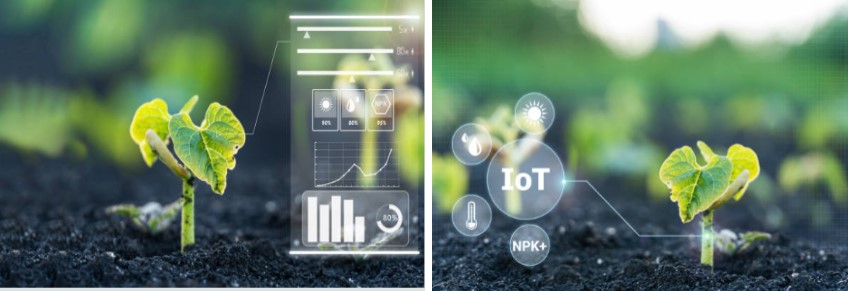
In crop monitoring, edge computing involves deploying sensors directly in the field to collect real-time data on various parameters such as soil moisture, temperature, and crop health. This data is processed locally on the edge devices, reducing latency and enabling quick decision-making. Edge computing in crop monitoring enhances efficiency by providing instant insights, optimising resource usage, and supporting precision agriculture practices.
4. AI for Detecting Damages, Pests, and Weed:
AI is proving to be a powerful ally in agriculture, particularly in the crucial task of detecting pests and weeds. In agriculture, damages can refer to various types of harm that affect crops, plants, or the overall health of the agricultural ecosystem. Common types of damages include:
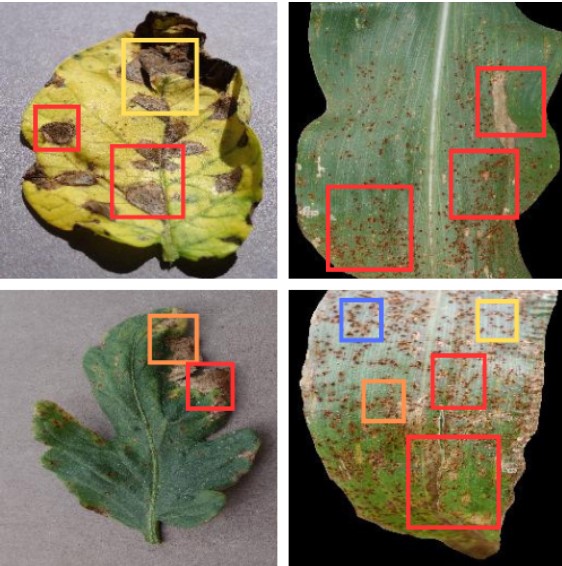
- Disease Damage: Harm caused to crops by fungal, bacterial, or viral infections, manifesting in symptoms like wilting, discolouration, or abnormal growth.
- Insect Damage: Crop injury resulting from feeding by pests such as aphids, caterpillars, and beetles, leading to damage to leaves, stems, or fruits.
- Weed Damage: Detrimental impact on crops due to competition for resources from unwanted plants, hindering growth and reducing yields.
- Environmental Damage: Adverse effects on crops caused by extreme weather events, drought, flooding, or soil erosion.
- Chemical Damage: Harm to crops from exposure to pesticides, herbicides, or pollutants, potentially affecting overall plant health.
- Mechanical Damage: Injuries inflicted during planting, cultivation, or harvesting, often due to inappropriate machinery use or mishandling.
- Nutrient Deficiency or Toxicity: Negative impact on crops due to imbalances in soil nutrients, leading to symptoms like yellowing, stunted growth, or leaf necrosis.
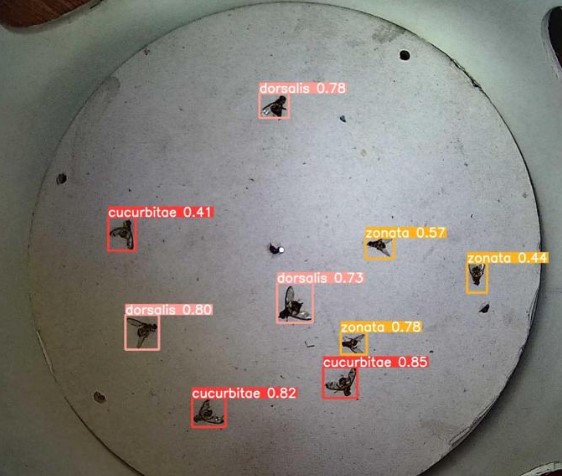
Advanced image recognition and machine learning algorithms can detect subtle hints of crop damage, pest infestations, and weed infestations in images captured by drones, satellites, and sensors. Through AI, farmers can see problems early on, which makes them more likely to intervene promptly, thereby minimising environmental impact and optimising resource use. Farmers can implement targeted solutions by pinpointing areas of concern, such as precision application of pesticides or herbicides. Using AI in pest and weed management helps improve efficiency and contribute to sustainable farming practices.
5. AI for Optimisation of Pesticide Application:
Pesticides are chemical substances or mixtures of substances designed to prevent, destroy, repel, or mitigate pests. Pests can include insects, weeds, fungi, rodents, and other organisms threatening crops, livestock, structures, or human health. Pesticides are commonly used in agriculture to protect crops from pests that can damage or reduce yields. However, excessive use of pesticides is harmful to crops and also poses a risk of crop degradation.
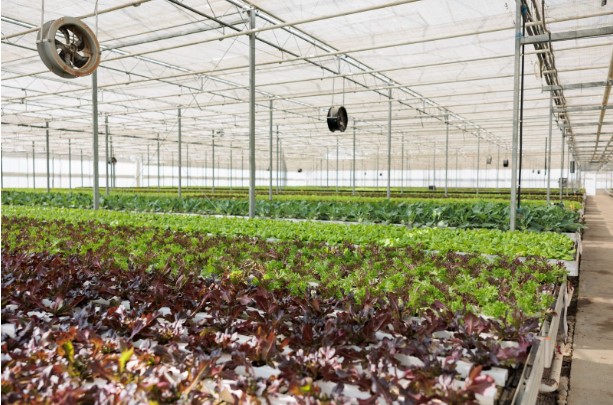
AI is revolutionising pesticide application by leveraging machine learning and development services. Machine learning algorithms analyse extensive datasets on crop health, pest prevalence, and environmental conditions. These algorithms predict optimal times and locations for pesticide application, maximising effectiveness and minimising ecological impact. Development services ensure seamless integration of machine learning into pesticide practices, providing custom-tailored solutions. This innovative approach assists farmers by enhancing treatment precision and reducing pesticide use.
6. Climate Control Strategies in Smart Greenhouses and Vertical Farming:
Smart greenhouse and vertical farming practices are revolutionising traditional agriculture, particularly in the realm of climate control. These innovative farming methods use microcontrollers to regulate environmental factors such as temperature, humidity, and light precisely. Automated systems, supported by machine learning algorithms, allow for real-time monitoring and adjustment of climatic conditions to optimise plant growth. This level of control not only enhances crop yields but also ensures resource efficiency by minimising energy consumption.
IoT edge computing is employed to revolutionise climate control in smart greenhouses and vertical farming. IoT devices capture real-time temperature, humidity, and light data by deploying sensors directly in the farming environment. Integrating IoT edge computing ensures precision in climate control, contributing to resource efficiency and the overall success of modern, technology-driven agriculture.
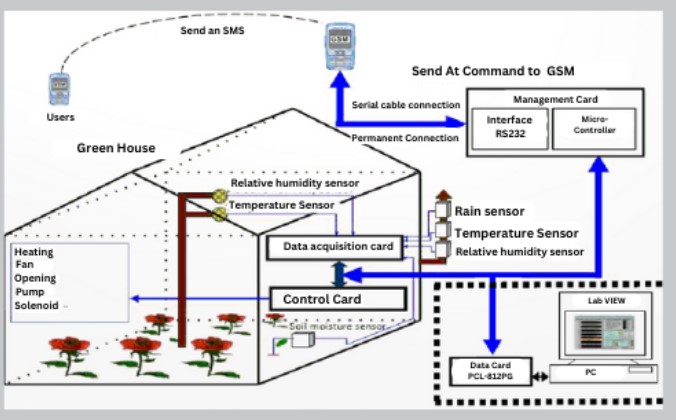
7. Automatic Harvesting & Supply Chain Management:
Revolutionising agriculture with automatic harvesting and supply chain management involves replacing traditional methods with advanced technologies. By using CV and optimising supply chains, precise harvesting of high-quality produce can be ensured.
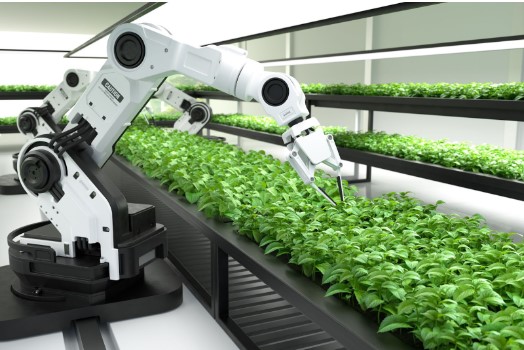
Graphics Processing Unit (GPU) acceleration plays a pivotal role in enhancing the efficiency of automatic harvesting, especially in aspects like optimised sorting for food quality and storage optimisation. In automated harvesting systems, GPUs are employed to accelerate the processing of large volumes of visual data collected during harvesting. This accelerated processing enables real-time analysis of crops, facilitating optimised sorting based on factors such as size, colour, and overall quality.
8. AI Weather Forecast: Impact on Harvest Timing & Seed Breeding:
Weather prediction is crucial in agriculture, guiding decisions from harvest timing to seed breeding. Farmers gain accurate insights into upcoming weather patterns using advanced data analysis and predictive modelling. Adverse conditions and risks can be minimised by strategically planning harvesting.
In seed breeding, weather predictions aid in selecting appropriate varieties and planting timing, aligning activities with favourable climate windows for successful germination and robust crop development. Weather effects prediction enables farmers to deal with nature’s uncertainties, fostering resilience and adaptability. This application of AI enhances precision in agricultural planning, contributing to more resilient and adaptive farming practices.
9. Real-Time Decision Support Systems and Mobile Apps for Advanced Agricultural Management:
Integrating comprehensive information systems is essential for modern agriculture as they act as the backbone facilitating communication across various aspects of farm management. With real-time decision support systems, farmers can make timely decisions about irrigation schedules and harvesting timelines based on diverse data. Mobile apps extend accessibility, allowing remote monitoring and control. Mobile apps paired with real-time decision support represent an advancement in agricultural management that promotes precision, efficiency, and sustainability.
Benefits of using AI solutions in the Agricultural Sector
By 2024, the market size for AI in agriculture is predicted to exceed 3.8 billion USD, from nearly 1.1 billion U.S. dollars in 2019 (WEF, 2021). Statista estimates smart agriculture to grow globally to 33 billion dollars in 2027 from 15 billion dollars in 2022.
1. Minimising Cost
AI is significantly minimising costs in agriculture through its capacity to optimise various aspects of farming practices. Farmers can now take action early based on results provided by intelligent systems. A WEF (World Economic Forum) report shows that only 2% of pesticides reach their specific target, while 30% cause damage to the field. However, AI-based smart farming systems can provide early warning of pests and provide ETL (Economic Threshold Limit), which can increase the yield by 17% and 25% higher income. Overall, AI’s ability to enhance decision-making, automate processes, and streamline resource allocation contributes to a more cost-effective and sustainable approach to agriculture.
2. Reduced Injuries and Labor Hours
AI-driven machinery automates planting, weeding, and harvesting tasks, reducing the need for manual labour and the risk of injuries. Precision farming technologies optimise resource management, enhancing efficiency by regulating water, fertilisers, and pesticides. This automation enables farmers to concentrate on strategic decision-making, fostering a safer and more productive agricultural working environment.
3. Advance Risk Management
AI is transforming risk management in agriculture, analysing historical weather patterns and market trends for accurate predictions. This empowers farmers to take quick actions, adapting strategies to weather events or market fluctuations. AI tools offer real-time monitoring, enabling proactive interventions to mitigate potential losses. Harnessing AI enhances resilience, optimises resource allocation, and precisely navigates weather and market dynamics. Generative AI ( simulates various scenarios for robust risk models, whether in weather-related patterns or market fluctuations, providing a versatile tool for risk management in agriculture.
Challenges of using AI
AI’s integration in agriculture faces challenges, including the need for extensive farm data and high costs for smaller farms. The variability and complexity of agricultural systems make obtaining quality data challenging. Concerns about data privacy, security, and AI model interpretability arise. Bridging the gap between advanced solutions and farmers’ digital literacy is a hurdle. Ensuring ethical AI use, addressing biases, and providing equitable access require careful consideration for responsible adoption in agriculture.
What we can offer you as a software company
As a leading software company and an AI institute for resilient agriculture, our offerings span a range of cutting-edge technology solutions, specialising in CV, generative AI (Gen AI), GPU acceleration, and IoT edge computing. With our machine learning development services, we deliver tailored solutions that leverage the capabilities of computer vision for precise visual data interpretation. Our expertise in Gen AI empowers the creation of adaptive systems capable of simulating diverse scenarios. We optimise computational efficiency through GPU acceleration, particularly in image recognition and machine learning tasks. In IoT edge computing, our solutions facilitate real-time data collection and decision-making at the edge through strategically deployed sensors. By integrating these advanced technologies and providing AI consultancy, we ensure that businesses remain at the forefront of innovation, confidently navigating the complexities of the digital landscape.
Conclusion
Ultimately, AI in agriculture is essential to implement best agriculture practices, efficient resource utilisation, and optimise supply chain. However, implementing AI solutions is a fraction of the cost compared to damages and losses caused by traditional farming methods.
References
Image by Awaais 2 on Freepik: A plant is surrounded by a smartphone that says ‘smart’ on it..
Image by k-life on Freepik: Soil quality meter in the hands of a man who is checking the soil for planting..
Image by user6702303 on Freepik: Smart robotic farmers concept..
Shahbandeh, M. (2023). Forecast market value of smart farming worldwide in 2021 to 2027. Statista..
World Economic Forum. (2021). Artificial Intelligence for Agriculture Innovation..











